Sales Rules of Engagement Every Sales Team Must Follow for Success [With Examples]
![Sales Rules of Engagement Every Sales Team Must Follow for Success [With Examples]](https://webimages.zixflow.com/653a16d72d6c94b8db6aa817_Sales_20_Rules_20of_20_Engagement_20_3_ba50bd9515.png)
Welcome to the world of sales, where the art of persuasion meets the science of strategy!
Imagine a sales team that operates like a well-oiled machine, seamlessly aligning their efforts with the organization's goals, delivering exceptional value to customers, and consistently exceeding targets.
Do you think this level of performance occurs by chance?
A big NO, this performance is the result of a deliberate and strategic approach to sales engagement.
But how can you improve sales engagement for your brand?
The secret lies in embracing the ‘Sales Rules of Engagement’ - the unwritten code that defines every successful sales team.
In the fast-paced world of sales, where competition is fierce and customers have increasingly high expectations, having a well-defined set of rules of engagement can be the secret weapon that sets your sales team apart.
These rules not only ensure a smooth and professional sales process but also pave the way for customer centric selling.
In this blog, we will explore the essential sales rules of engagement that every sales team must embrace for achieving success. And to bring these rules to life, we'll dive into real-world examples of how leading sales teams have applied them to achieve remarkable results.
So, whether you're a seasoned sales professional or a sales manager looking to optimize your team's performance, buckle up and get ready to discover the sales rules of engagement that will propel your sales team to new heights of success.
Let's dive in!
Sales rules of engagement
Think of sales rules as the guiding principles that transform a group of salesperson into a cohesive force, driving revenue and building lasting relationships.
Here are a few rules that you must follow to drive your sales journey and attract more customers.
Understand your target audience
One of the fundamental rules of successful sales engagement is to deeply understand your target audience.
By comprehensively understanding your prospects, you can tailor your sales pitch and offerings to meet their specific requirements. Also, it helps you to create inbound and outbound sales strategy plans for your business.
For instance, if you provide software services to small businesses, your approach and messaging should focus on affordability, ease of use, and scalability to cater to their unique needs.
Also, to help you understand your target audience better, let me share couple of doable things with you:
Conduct customer surveys with a twist
While surveys are a standard tool for gathering customer feedback, adding a creative twist can make them more engaging. Instead of using traditional questionnaires, consider using interesting sales engagement questions that capture the attention and participation of your target audience.
For instance, Maybelline, a cosmetics company seeking to understand customer preferences created an online ‘beauty quiz’ where participants can answer fun questions to discover their ideal makeup looks.
The quiz collects valuable data, generates excitement, and increases engagement.
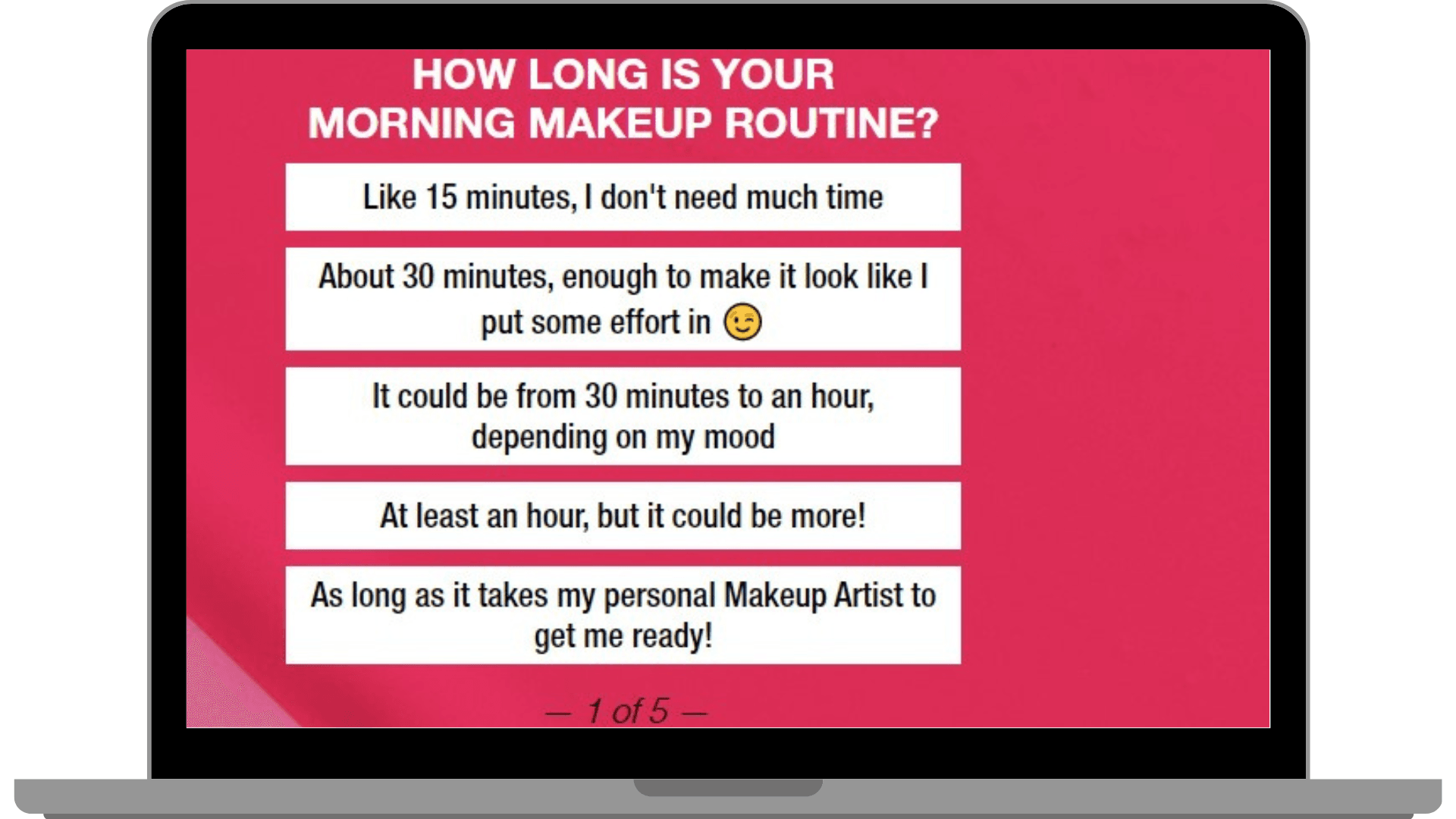
Organize focus groups with a theme
By organizing focus groups with a theme, you can gain a deeper understanding of your target audience, enabling you to align your sales engagement efforts more effectively and deliver a more personalized and compelling sales experience.
For instance, Outdoor Travel Gears, an outdoor adventure product-selling company, assembled a group of outdoor enthusiasts and provided them with adventurous sports facilities like trekking, hiking, water sports, etc.
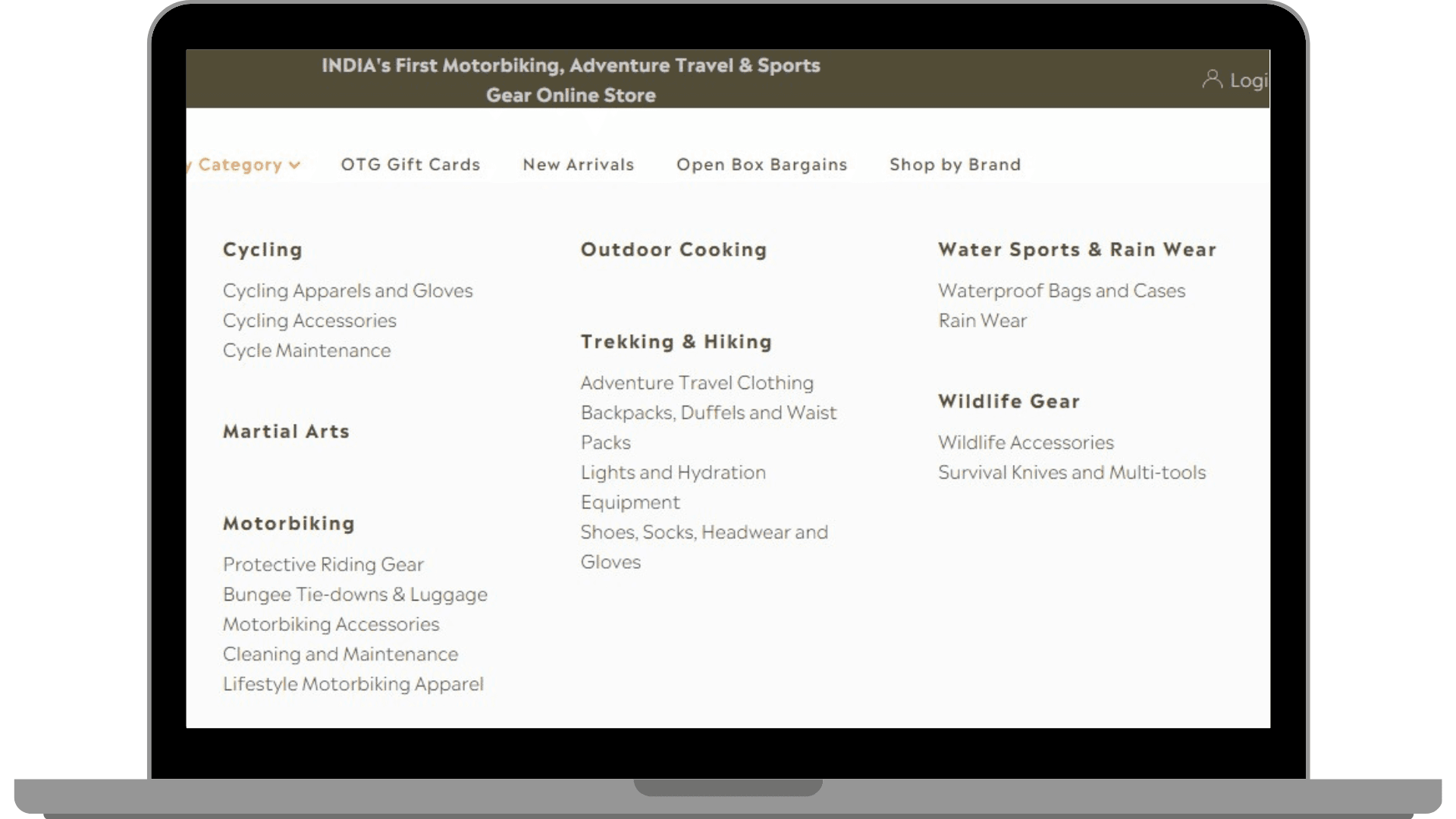
Collaboration with influencers and brand ambassadors
Influencer marketing can really do wonders for all types of sales! You must find ways to collaborate with influencers or enthusiasts who resonate with your target audience and are genuinely interested in your product or service. Engage them in co-creating content, hosting events, or conducting product trials.
By observing their interactions and gathering feedback, you can better understand your audience's needs and desires. You can use sales CRM softwares to manage relations with influencers for a smooth workflow.
For instance, Puma, a fitness apparel brand partnered with fitness influencer Pamela Reif, to promote their sports products, and they mentioned collaboration as Pam*Puma.
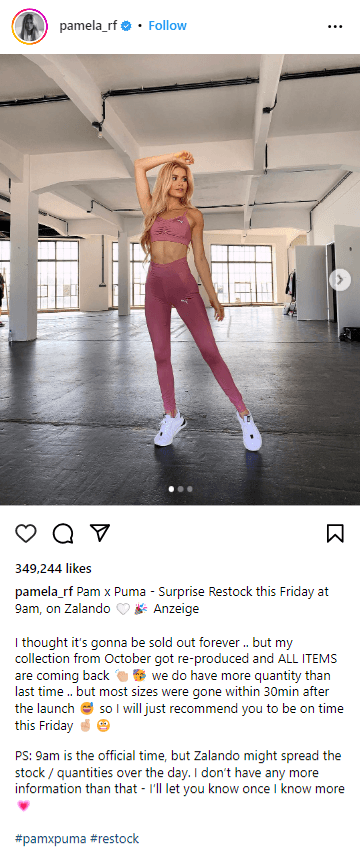
Build trust and rapport
Building trust and rapport is crucial for increasing your sales engagement. When potential customers trust you and feel a sense of belongingness, they are more likely to engage with your sales efforts and consider your offerings.
Here are some effective strategies to build trust and rapport:
Master active listening
Research says that active listening increases your sales performance by 8%. Demonstrate a genuine interest in your customers by asking them sales qualifying questions and listening to their needs, concerns, and preferences. This demonstrates that you respect their viewpoints and focus on understanding their requirements.
How to do active listening?
Active listening is extremely easy and I have made it easier for you here.
Give your full attention
When interacting with a prospect, focus your attention solely on them. Minimize distractions and actively listen without interrupting. Show genuine interest in what they are saying and make them feel valued.
Practice empathy
Put yourself in the prospect's shoes and try to understand their perspective. Empathy allows you to connect on a deeper level and build rapport. Show understanding and validate their thoughts and feelings.
Ask open-ended questions
Encourage the prospect to share more by asking open-ended questions that require detailed responses. This is a value-based selling technique that helps you gather valuable information and gain insights into their needs and pain points. Avoid simply seeking confirmation or leading them towards a specific response.
For instance, you can say, "Your main priority is cost savings. Can you tell me more about the areas where you want to reduce expenses?"
This kind of question will give your prospects the space to think and come up with constructive and really useful responses instead of saying just yes/no in reaction.
Show empathy and understanding
Show empathy by putting yourself in the customer's shoes and understanding their challenges. For a winning sales engagement process, you need to empathize with your customers and build rapport.
For example, when a prospect expresses concerns about learning to use your product, you can resolve the concern by making an understanding statement saying, "I acknowledge that setting up a new system can be daunting."Many of our clients initially had concerns about the learning curve, but we provide comprehensive training to ensure a smooth transition."
And in case your product is really simple and easy to use like SalesOS by Zixflow which doesn’t need much training, you can say, “Yes, I understand that giving a try to a new product can be daunting and may feel complex. That’s why we designed our tool so simple and easy to use that people like you can use it without the need to go through any training. It’s a simple plug-and-play tool and you will be up and running with it in no time.”
Maintain transparency and honesty
Be open, transparent, and honest in all your interactions. Avoid overselling or making false promises, as it can damage trust. Instead, focus on providing accurate information and addressing any concerns honestly.
For instance, if a prospect complains to you about a missing feature in your product or about a feature that is not working as expected, you can say, “I understand that these features are not still incorporated in our products, but a similar substitute is available for your use. Moreover, if you need a customized version, allow us one week, and we will deliver as per your request.”
“No matter what you have to sell, the truth is good enough to tell. Boost your goods and boost them well, but stick to facts!” - Frank Farrington
Remember, building trust and rapport is an ongoing process. It requires genuine effort, active communication, and a customer-centric approach. By consistently applying these strategies, you can increase sales engagement and foster long-term customer relationships.
Communicate effectively. It’s a practical point!
Most of us grew up thinking effective communication exists only in theory! But, it’s not! In sales and business, and frankly in any aspect of work or life, communication can make or break things, and in your case, your sales targets! As a salesperson, effective communication plays a crucial role in increasing sales engagement. Active and strategic speaking is also one of the well-known and widely used sales psychology hacks you must know.
To communicate effectively, here are couple of tips that can be of great help to you in selling:
Use storytelling
By crafting compelling narratives, you can connect emotionally with potential customers, make the products or services relatable, and ultimately drive sales. Try to include these elements in your sales storytelling to convince customers:
Tell personal life story
Sharing personal stories or anecdotes can help build rapport with customers and establish a sense of trust. In addition, by relating to their experiences, you can demonstrate that you understand their challenges and have solutions to offer.
For instance, a salesperson selling a fitness product might share their transformation story, emphasizing how the product helped them overcome obstacles and achieve their goals.
Use customer success stories
Highlighting the success stories of previous customers can be incredibly effective in increasing sales engagement. You provide social proof and build credibility by showcasing real-life examples of how your product or service solved a problem or delivered value.
For instance, Zixflow shares customer testimonials of how their all in one sales solution improved efficiency and profitability of companies, on their website as well as on review sites like Capterra and G2.
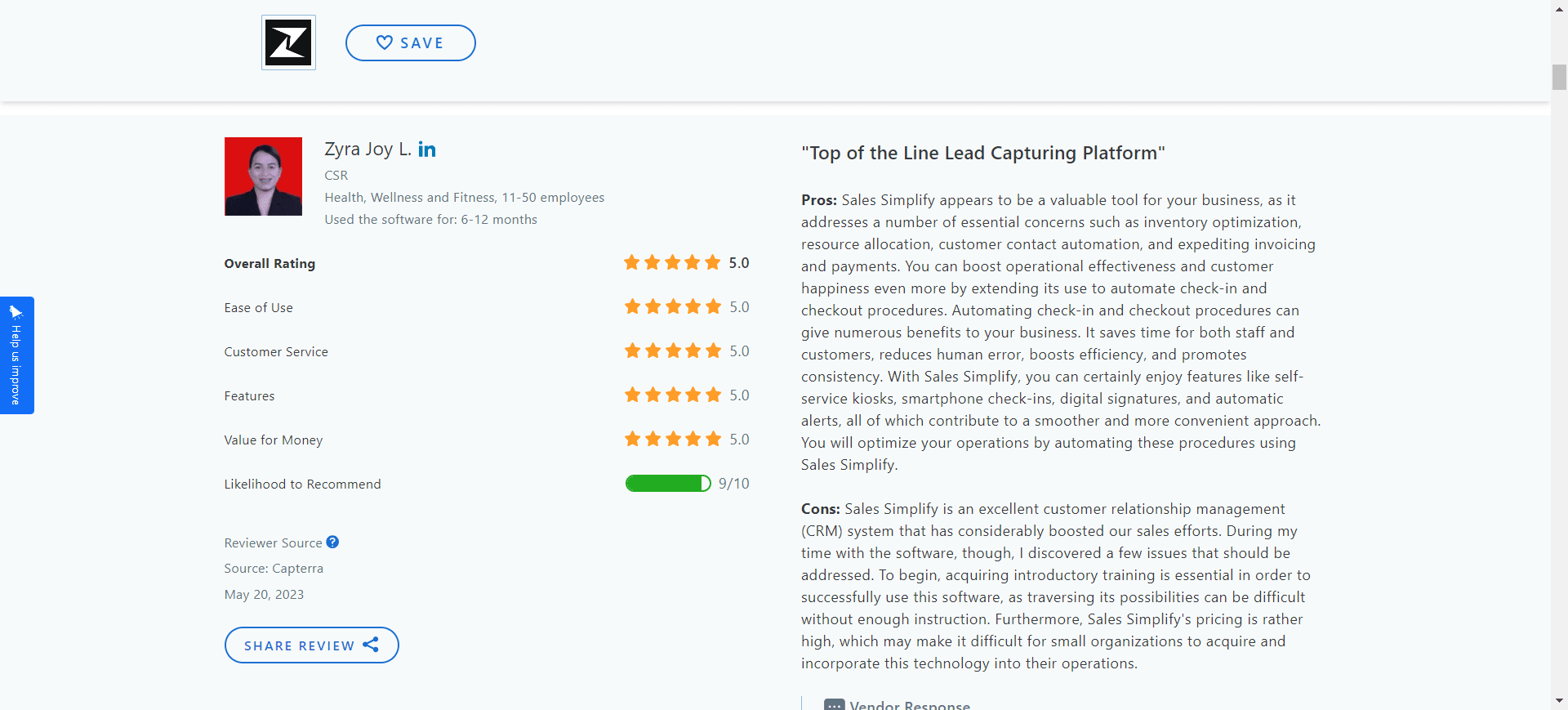
Follow up promptly
Following up in sales is crucial sales engagement practice for closing more deals. It allows you to stay top-of-mind with prospects, address any concerns or objections, and provide additional information that may be needed.
Here are some steps and examples to effectively follow up in sales:
Use Sales Cadence
You can create a sales cadence, i.e, a follow-up plan with specific timelines for contacting prospects at different sales process stages. This ensures you maintain consistent communication without being overly pushy.
For example:
After an initial meeting or call: Send a thank-you email within 24 hours.
After sending a proposal: Follow up within 2-3 business days to gauge interest and address questions.
After a demo or trial period: Follow up within a week to discuss feedback and next steps.
To make sales cadences easily, you can use modern sales cadence software like Zixflow. These software comes with prebuilt flows making the job of building sales cadences a cakewalk for you.
Personalize your follow-up
Tailor your follow-up messages to each prospect, addressing their needs and pain points. This demonstrates that you understand their business and adds a personal touch. For example 👇
"Hi [Prospect's Name], I enjoyed our conversation yesterday about your challenges with [specific pain point]. Here is a case study that showcases how our solution helped a similar company overcome those obstacles."
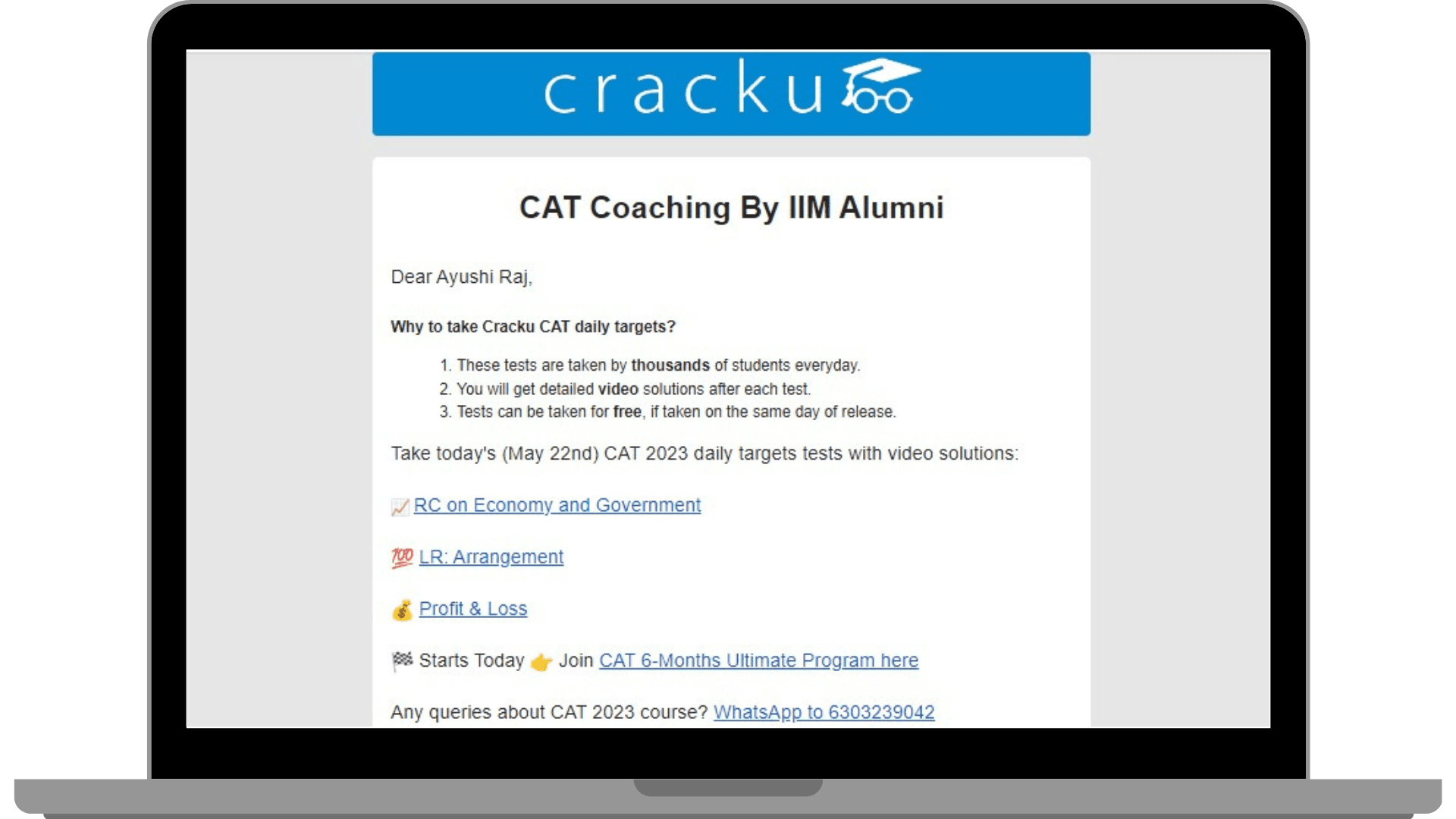
Sending personalized follow-up messages to each prospect can be a tedious job. Instead, you can use sales workflow automation to follow up with customers without spending much time.
Modern sales tools like Zixflow also makes it super easy now to write follow-up emails with the help of AI writing. For example, using the AI Wizard feature of Zixflow, you can automatically write a highly personalized follow-up email in seconds, making follow-up emails super easy and fun.
Provide value in every interaction
Offer valuable information, resources, or insights in your follow-up communications. This positions you as a helpful and knowledgeable advisor, increasing the prospect's engagement.
Address objections and concerns
Anticipate potential objections or concerns your prospect may have and address them proactively. Be empathetic and provide reassurance or additional information to overcome any hesitations.
For example, if you sense a concern about the pricing or budget in your interaction with a prospect, you can follow up in a personalized way addressing their issue like this:
"Hi [Prospect's Name], I understand that budget constraints are a concern. However, our solution is designed to deliver a strong return on investment, and I'd be happy to discuss flexible pricing options that can accommodate your specific budgetary needs."
Continue learning and adaptation
The sales landscape is constantly evolving, and by staying informed and adaptable, you can better understand your customers' needs, adjust your approach, and improve your sales effectiveness. You can also read sales books to stay updated about the latest sales techniques in the market.
Here are some strategies to continue learning and adapting to increase sales engagement:
Stay informed about industry trends
Regularly research and stay up-to-date on industry trends, market changes, and emerging technologies relevant to your product or service. This knowledge will help you have more meaningful conversations with prospects and position yourself as a trusted advisor. Follow industry publications, attend conferences, participate in webinars, listen to sales engagement podcasts, and join relevant professional groups to stay informed.
Analyze sales data
Leverage sales data and analytics to gain insights into your sales process and identify areas for improvement. Look at metrics such as conversion rates, lead sources, customer feedback, and sales cycle duration. This data can reveal patterns, highlight successful strategies, and uncover critical bottlenecks or areas. Use this information to refine your sales approach and enhance engagement.
Embrace continuous training and development
Invest in your professional growth through continuous training, development, and online sales courses. Attend sales training programs, workshops, or seminars to learn new techniques, improve your skills, and stay updated on sales methodologies. This ongoing development will make you more effective and adaptable in engaging with prospects.
Seek feedback from successful peers.
Connect with successful sales professionals or mentors who have achieved high engagement and results. Seek their guidance, learn from their experiences, and ask for feedback on your approach. Their insights can provide valuable perspectives and help you fine-tune your strategies for greater sales engagement.
Engage your prospects and turn them into happy customers!
Remember, sales engagement is not a one-time achievement but an ongoing process.
Now, you know so much of rules engagement along with real examples on how to implement them! So, go on and put them into action, drive crazy engagement and start converting your prospects into won deals at a pace like never before.
And yes, don’t forget to make Zixflow work for you and hit your sales goals much easier with its all-in-one sales stack, including sales engagement!
